I'm attempting to make a force directed graph similar to this (http://bl.ocks.org/mbostock/4062045) using d3, but my data currently is not well formatted for the node/links/source/target structure used in most force directed graphs. I came across Hierarchical Edge Bundling graphs (http://bl.ocks.org/mbostock/7607999, see the GitHub page to look at this example's data file):

which use a simpler json format where the associated nodes are listed in an "imports" attribute for each node like so:
[
{"name":"Project500","size":721,"imports":["Jack","Gilly","Mark","Yolanda","Donna"]},
{"name":"Project400","size":4294,"imports":["Jack","Greg","Tess","Mark","Donna"]},
{"name":"Jack","size":721,"imports":["Project500","Project400"]},
{"name":"Gilly","size":721,"imports":["Project500"]},
{"name":"Mark","size":721,"imports":["Project500","Project400"]},
{"name":"Yolanda","size":721,"imports":["Project500"]},
{"name":"Donna","size":721,"imports":["Project500","Project400"]},
{"name":"Greg","size":721,"imports":["Project400"]},
{"name":"Tess","size":721,"imports":["Project400"]}
]
I'm trying to figure out how I can utilize this data format in a force directed graph. So far I have had no luck seemingly because of the hierarchical and bundling functions that this data format is originally used for with HEB. Any insight on how to do this is much appreciated.